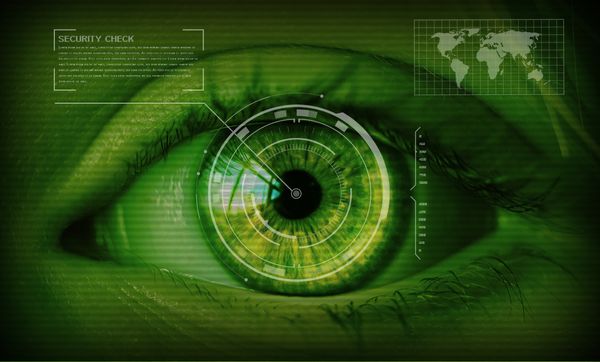Weekly Review

Normal
0
false
false
false
EN-US
X-NONE
X-NONE
MicrosoftInternetExplorer4
/* Style Definitions */
table.MsoNormalTable
{mso-style-name:”Table Normal”;
mso-tstyle-rowband-size:0;
mso-tstyle-colband-size:0;
mso-style-noshow:yes;
mso-style-priority:99;
mso-style-qformat:yes;
mso-style-parent:””;
mso-padding-alt:0in 5.4pt 0in 5.4pt;
mso-para-margin:0in;
mso-para-margin-bottom:.0001pt;
mso-pagination:widow-orphan;
font-size:11.0pt;
font-family:”Calibri”,”sans-serif”;
mso-ascii-font-family:Calibri;
mso-ascii-theme-font:minor-latin;
mso-fareast-font-family:”Times New Roman”;
mso-fareast-theme-font:minor-fareast;
mso-hansi-font-family:Calibri;
mso-hansi-theme-font:minor-latin;
mso-bidi-font-family:”Times New Roman”;
mso-bidi-theme-font:minor-bidi;}
Trojan.Downloader.JLQZ
This
is a straightforward downloader. Once executed it will try to download a file
from a website. If downloading succeeds it will save the file as a hidden,
system file under the name “install.exe” in the same directory it has been
launched from.
After
the downloaded file is executed, a batch file with random name is also created.
Its role is to delete the downloader after the payload has been launched.
Trojan.Downloader.Small.ABFV
This
Downloader belongs to an online games password stealer family.
It comes
packed with UPX in order to avoid detection by security products. Upon
execution it will drop a dll file in %system%, which will be injected in every
running process in order to find the desired application to steal
authentication information from, in our case, xy2.exe or xy2_ex.exe belonging
to a chineze MMORPG called “Westward Journey Online II”.
It is
gathering account username and password, used client, server, character levels
and names as well as other data and sends it to the malware author via two
different scripts located at:
http://dh2.ac[removed].cn/ZONGXXXOUT/post.asp
http://dh2.ac[removed].cn/GGGZ/xiaochang/post.asp
It will create
several registry keys that will load the dropped dll at every system startup.
At the end
of its execution, the malware creates a batch file which will delete the
initial executable, leaving only the dll on the system.
Information in this article is
available courtesy of BitDefender virus researchers: Lutas Andrei Vlad, Dana Stanut
tags
Author
Right now Top posts
How to Protect Your WhatsApp from Hackers and Scammers – 8 Key Settings and Best Practices
April 03, 2025
Outpacing Cyberthreats: Bitdefender Together with Scuderia Ferrari HP in 2025
March 12, 2025
Streamjacking Scams On YouTube Leverage CS2 Pro Player Championships to Defraud Gamers
February 20, 2025
How to Identify and Protect Yourself from Gaming Laptop Scams
February 11, 2025
FOLLOW US ON SOCIAL MEDIA
You might also like
Bookmarks







